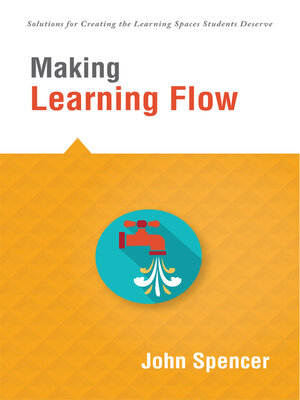Making Learning Flow
ebook ∣ Instruction and Assessment Strategies that Empower Students to Love Learning and Reach New Levels of Achievement · Solutions
By John Spencer

Sign up to save your library
With an OverDrive account, you can save your favorite libraries for at-a-glance information about availability. Find out more about OverDrive accounts.
Find this title in Libby, the library reading app by OverDrive.



Search for a digital library with this title
Title found at these libraries:
| Library Name | Distance |
|---|---|
| Loading... |
Benefits
When students are fully engaged, present, focused, and alert, they experience flow. By rethinking student engagement and bringing flow to the center of instruction, teachers inspire students to love learning and reach new levels of achievement. Using the key components of flow, generate a state of flow in the classroom every day to spark optimal student performance. Learn what steps teachers can take to personalize instruction, empowering students to own their learning.
Contents
Introduction: What Is Flow?
Conclusion
References and Resources







